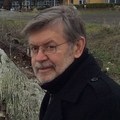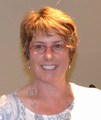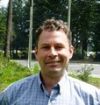Sustainable Watershed Systems: "As understanding grows of a whole-system approach, local governments will progress incrementally along the Asset Management Continuum," Kim Stephens informs an Okanagan audience at the FLOWnGROW Workshop (Nov 2016)

“Over the past year, we have begun to frame where we want to get to in British Columbia in terms of sustainable watershed systems. We are saying it is a three-step process, If you don’t already have an asset management plan, then you cannot make that leap all the way to Step Three,” stated Kim Stephens. “What the Partnership is trying to do right now is to get them ready in terms of where they need to be a couple of years down the road.”










